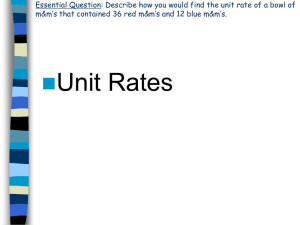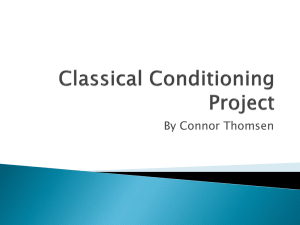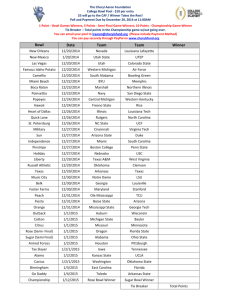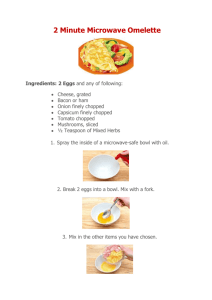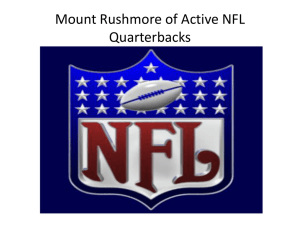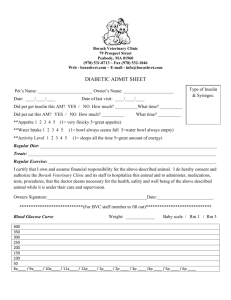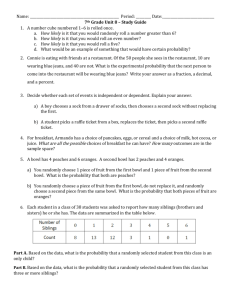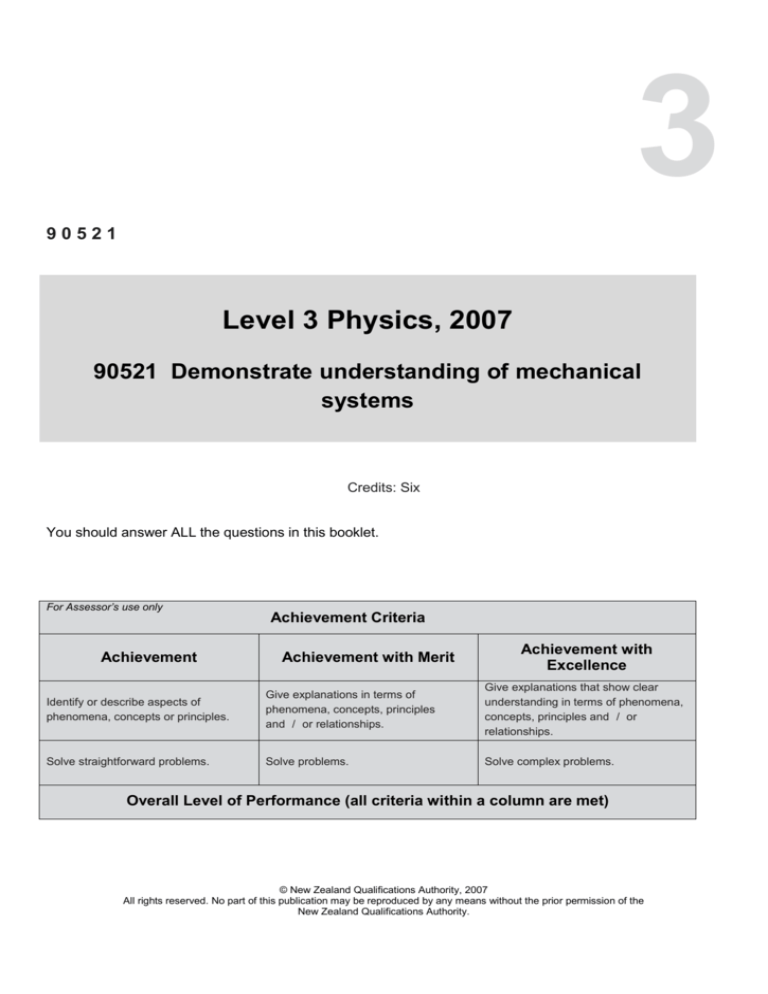
3
90521
Level 3 Physics, 2007
90521 Demonstrate understanding of mechanical
systems
Credits: Six
You should answer ALL the questions in this booklet.
For Assessor’s use only
Achievement
Achievement Criteria
Achievement with Merit
Achievement with
Excellence
Identify or describe aspects of
phenomena, concepts or principles.
Give explanations in terms of
phenomena, concepts, principles
and / or relationships.
Give explanations that show clear
understanding in terms of phenomena,
concepts, principles and / or
relationships.
Solve straightforward problems.
Solve problems.
Solve complex problems.
Overall Level of Performance (all criteria within a column are met)
© New Zealand Qualifications Authority, 2007
All rights reserved. No part of this publication may be reproduced by any means without the prior permission of the
New Zealand Qualifications Authority.
You are advised to spend 55 minutes answering the questions in this booklet.
You may find the following formulae useful.
In lawn bowls, players roll the bowls over a horizontal grass surface towards a small target ball called a jack.
The aim of the game is to get more of your bowls closer to the jack than those of your opponents.
L3 Physics 90521, 2007 – page 2 of 7
QUESTION ONE
When the bowl is rolled at high speed, the path of the bowl can be considered to be straight.
Consider the bowl hitting the stationary jack
so that, immediately after the collision, the
jack and the bowl are travelling at right
angles to each other.
The bowl has mass 1.50 kg; the jack has mass
0.25 kg.
The speed of the centre of mass of the system of bowl and jack is 5.4 m s1 (assume this speed is constant).
(a)
Show that the momentum of the system of bowl and jack is 9.5 kg m s1.
(b)
State why the momentum of the bowl before the collision is 9.5 kg m s1.
In the diagram on the previous page, the position of the moving bowl, before the collision, is 10.0 m from
the jack.
(c)
Show that the distance of the centre of mass of the system of bowl and jack from the jack is 8.57 m.
(d)
Calculate the time it takes the bowl to travel from the position shown to the jack.
time =
The momentum of the bowl after the collision is 8.7 kg m s1.
(e)
Calculate the angle, θ (in the diagram on the previous page), through which the bowl turns during the
collision.
L3 Physics 90521, 2007 – page 3 of 7
angle, θ =
(f)
During the collision, the bowl and jack are in contact for 0.025 s.
Calculate the size of the force exerted on the bowl.
force =
QUESTION TWO
Acceleration due to gravity = 9.81 m s2.
A slowly moving bowl will travel in a curved path, not a straight path.
The curved path of the bowl is due to its slightly non-spherical shape, which is created by shaving a small
amount off one side of the bowl. The diagrams below show the shape of the bowl.
The diagram below shows the bowl, viewed from the front, held stationary on a flat surface. The reaction
force, FR, on the bowl acts from the point of contact, P, through the centre of curvature of the spherical
part. The gravity force, Fg, acts through the centre of mass of the bowl.
(a)
State why the centre of mass is not in the same position as the centre of curvature.
L3 Physics 90521, 2007 – page 4 of 7
If the bowl is to stay in the position shown, it must be held there. If it is released it will roll over sideways,
as shown in the diagram below, to position B.
(b)
Explain why, when it is released, the bowl will not stay balanced at position A.
When the bowl reaches position B, it has both rotational and linear kinetic energy. At position B, the bowl
has a rotational speed of 2.8 rad s1.
(c)
The rotational inertia of the bowl is 2.16 103 kg m2.
Show that the rotational kinetic energy of the bowl at position B is 8.5 mJ.
(d)
The mass of the bowl is 1.50 kg and the radius, r, of its spherical surface is 0.060 m.
Show that the linear kinetic energy of the bowl when it reaches position B is 21 mJ. (You may
assume that the centre of mass travels in an approximately horizontal line.)
In fact, the centre of mass of the bowl drops slightly as shown in the diagram below.
(e)
At position B, where has the linear and rotational energy come from?
(f) Calculate the distance the centre of mass of the bowl drops as it rolls from position A to position B.
(Ignore any energy losses.)
distance =
L3 Physics 90521, 2007 – page 5 of 7
While the bowl is rolling over sideways, friction between the bowl and the flat surface is acting in the
direction shown below.
(g)
Explain why friction acts in this direction.
(h) When the bowl is rolling forwards (after it has been bowled), this frictional force will still be acting
sideways (at right angles to the forward direction).
Explain why, after it has been bowled, the path of the bowl curves.
QUESTION THREE
Acceleration due to gravity = 9.81 m s2.
If the bowl is placed on a hard, flat surface, it will rock back and forth for a while, as shown in the diagram
below.
While the bowl is rocking, the motion of the centre of mass of the bowl is modelled as simple harmonic
motion.
(a)
If a bowl completes exactly 13 cycles of its rocking motion in 9.32 s, calculate the period of the
simple harmonic motion. Give your answer to the correct number of significant figures.
period =
L3 Physics 90521, 2007 – page 6 of 7
R
,
g
where R is the radius of curvature of the path (XEY in the diagram above) of the centre of mass, and g is the
acceleration due to gravity.
It can be shown that an approximate expression for the period of the simple harmonic motion is T 2Ή
(b)
Calculate the radius of curvature of the path of the centre of mass.
radius =
The rocking motion of the bowl is due to the action of a restoring force on its centre of mass.
(c)
State one of the conditions that must apply to this restoring force if the rocking motion is simple
harmonic motion.
(d) The approximate size of this restoring force is given by FR
Fg y
, where R is the radius of curvature
R
of the path of the centre of mass, and y is the displacement of the centre of mass from its equilibrium
position, E.
By using the general equation for simple harmonic motion, show how the expression T 2Ή
R
can
g
be derived.
The bowl does not keep rocking; its motion is acted on by opposing force(s).
(e)
Describe the force(s) that could cause the motion of the bowl to be damped.
(f)
Explain why the bowl will come to rest more quickly on a soft surface. Your explanation should
include how it loses its energy.
L3 Physics 90521, 2007 – page 7 of 7

